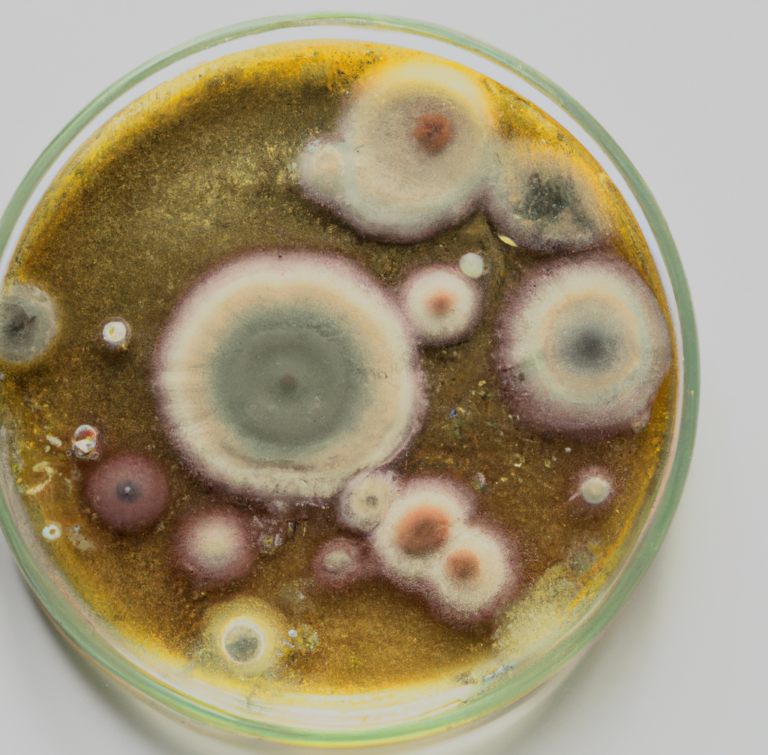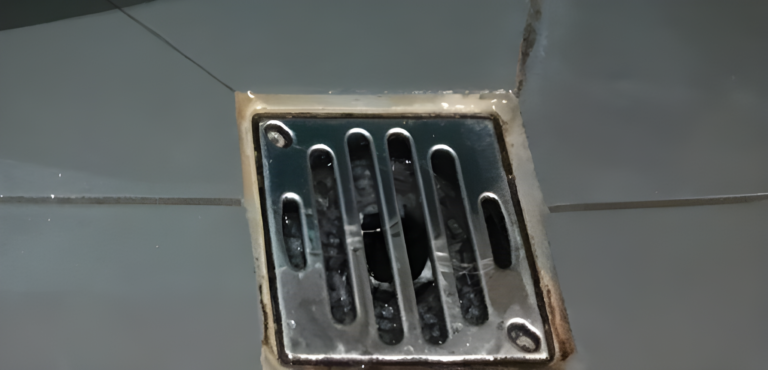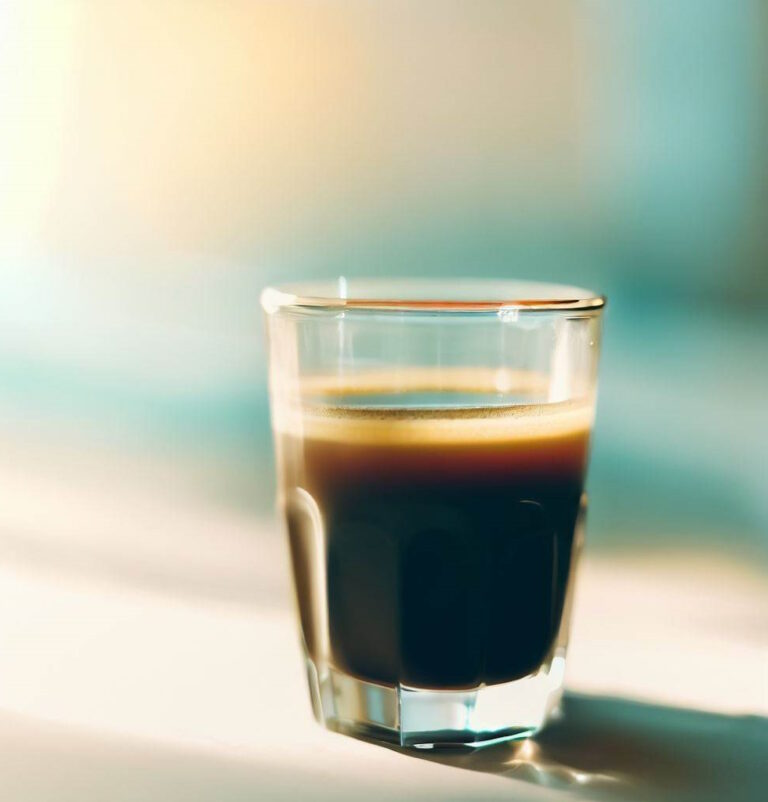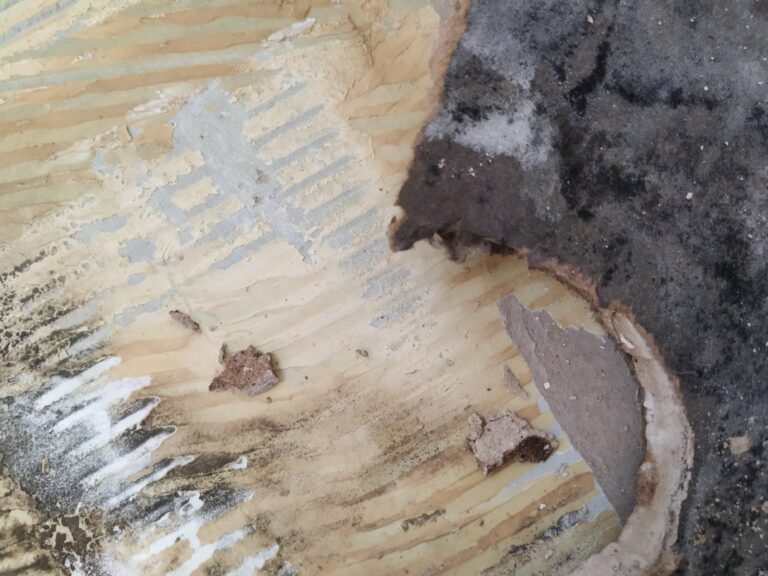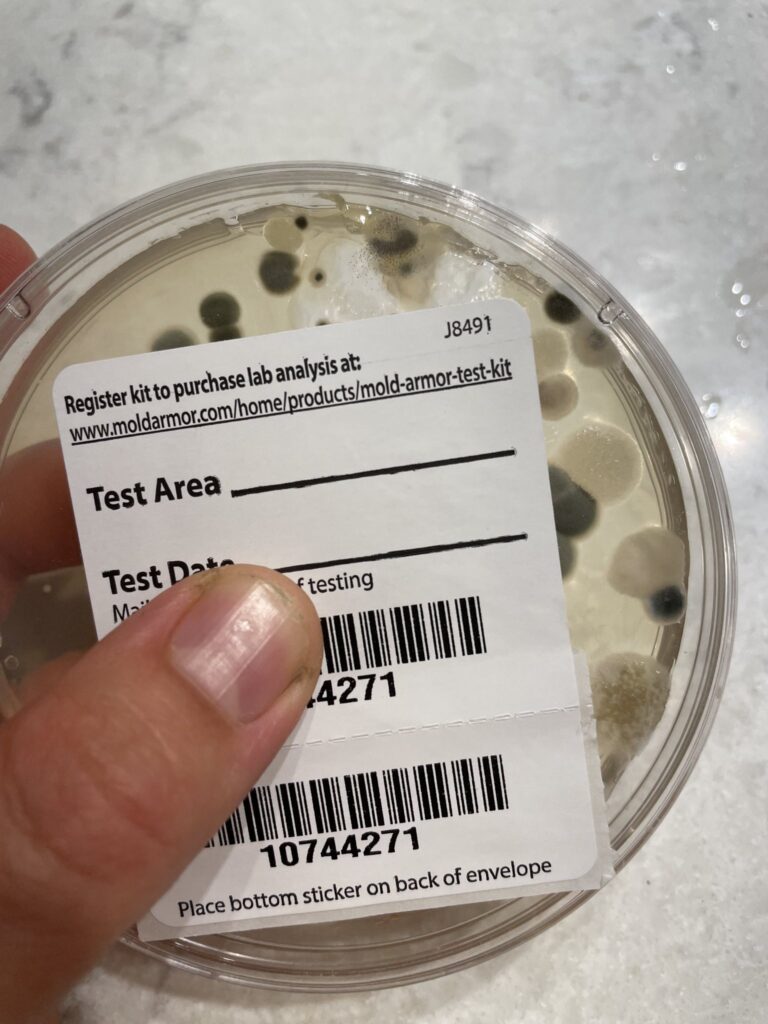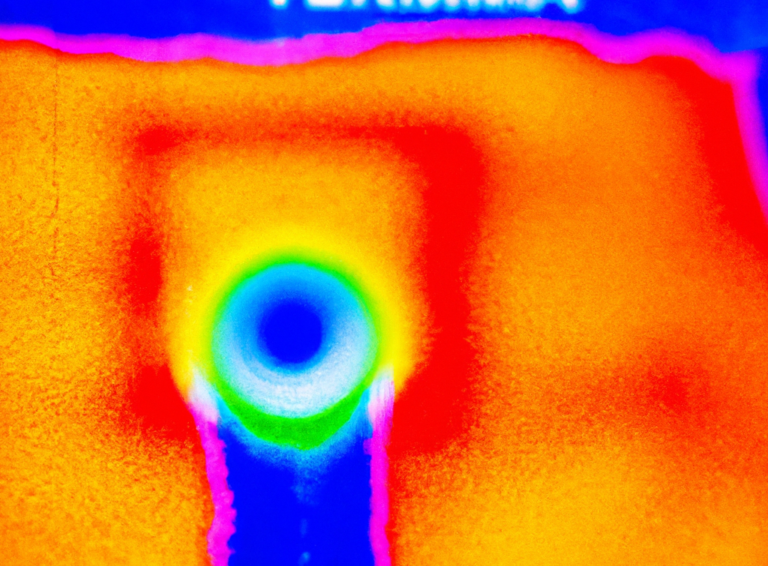Understanding the Different Types of Mold: Why Identification by Sight Alone is Impossible
Mold is a common issue faced by homeowners and business owners, presenting risks to both the building’s structure and the health of its occupants. While it’s important to be aware that there are various types of mold, it’s crucial to note that identifying them by sight alone is an incredibly challenging task. In this article, we will provide an overview of different mold types, emphasizing that visual inspection alone is insufficient for accurate identification.
The content provided on this website is based on personal experiences with mold and is for informational purposes only. It is not professional advice. For accurate guidance, consult a licensed mold professional. Mold situations can vary, and relying solely on personal experiences may not be suitable for your specific circumstances. We recommend seeking professional assistance for mold-related issues. We disclaim liability for any reliance on the information provided on this website.
- Alternaria: Alternaria is a prevalent mold type that can be found indoors as well as outdoors. It typically manifests as dark green or brown fuzzy patches and often thrives in damp areas like showers, basements, and kitchens. While Alternaria can cause allergies and respiratory issues, particularly in individuals with weakened immune systems, identifying it solely based on appearance is unreliable. Exposure to Alternaria spores may lead to symptoms such as coughing, sneezing, and skin rashes. To prevent Alternaria growth, it is vital to control moisture levels and ensure proper ventilation in vulnerable areas.
- Aspergillus: Aspergillus is another widespread type of mold that exists in various species. It often appears as powdery or fluffy colonies and thrives in damp and warm environments. While some species of Aspergillus are used in the production of food and medicine, prolonged exposure to certain strains can be harmful. Aspergillus can release mycotoxins, leading to respiratory problems and infections, especially in individuals with asthma or allergies. Identifying Aspergillus accurately requires specialized testing methods and is not feasible through visual observation alone. Preventive measures for controlling Aspergillus include proper ventilation, maintaining low humidity levels, and promptly addressing any water leaks or dampness.
- Cladosporium: Cladosporium is a mold commonly found indoors and outdoors. It typically grows on fabrics, carpets, and damp surfaces. Cladosporium can have a powdery or black appearance and may cause respiratory symptoms, skin irritation, or eye infections. While Cladosporium is considered less harmful than some other types of mold, it can still trigger allergies and asthma in susceptible individuals. Relying solely on visual cues to identify Cladosporium is impractical. To prevent Cladosporium growth, it is important to keep indoor humidity levels below 50 percent, promptly repair any water leaks, and maintain proper ventilation.
- Penicillium: Penicillium is a well-known mold often associated with food spoilage. However, it can also grow indoors on materials such as wallpaper, carpets, and insulation. Penicillium appears as green or blue fuzzy patches and can produce strong musty odors. Some species of Penicillium produce mycotoxins, which can lead to allergic reactions and respiratory problems. Identifying Penicillium accurately requires laboratory analysis rather than visual inspection alone. Proper moisture control, adequate ventilation, and regular cleaning are essential for preventing Penicillium growth. Additionally, promptly addressing any water damage or excess moisture is crucial.
- Stachybotrys chartarum: Stachybotrys chartarum, commonly known as black mold, is a dark greenish-black mold that thrives in excessively moist areas, such as water-damaged buildings. It has a slimy texture and often grows on materials rich in cellulose, like drywall or wood. Black mold is notorious for producing mycotoxins that can cause severe health issues, including respiratory problems, fatigue, and even neurological symptoms. Identifying black mold accurately requires professional assistance and specialized testing, as visual inspection alone is inadequate. Preventive measures include thoroughly drying water-damaged areas, promptly fixing leaks, and ensuring proper ventilation.
- Chaetomium: Chaetomium is a mold that is typically found in water-damaged buildings, particularly in areas with high humidity or moisture. It appears as a cotton-like or suede-like texture and can range in color from white to grayish-brown or black. Chaetomium can produce a musty odor and may cause health issues such as allergies and respiratory problems. Proper moisture control, effective ventilation, and prompt remediation of water damage is essential for preventing Chaetomium growth.
- Fusarium: Fusarium is a mold commonly found in water-damaged buildings, particularly in areas with high humidity or dampness. It can appear as pink, white, or reddish-brown fuzzy patches and typically grows on damp materials such as carpeting, wallpaper, or fabrics. Fusarium can produce mycotoxins and may cause respiratory symptoms, allergic reactions, and even infections in individuals with weakened immune systems. Effective moisture control, adequate ventilation, and prompt remediation of water damage are important for preventing Fusarium growth.
- Trichoderma: Trichoderma is a mold that is frequently found in damp or water-damaged buildings. It typically appears as white, green, or blue-green patches with a woolly or cotton-like texture. Trichoderma can grow on various surfaces, including wallpaper, carpeting, and damp building materials. While some species of Trichoderma are used in biotechnology and agriculture, certain strains can cause respiratory issues and allergic reactions. Proper moisture control, ventilation, and prompt remediation of water damage are crucial for preventing Trichoderma growth.
- Ulocladium: Ulocladium is a mold commonly found in water-damaged buildings, particularly in areas with persistent moisture. It typically appears as black or dark brown velvety patches and often grows on wet surfaces, including walls, wood, and carpets. Ulocladium can cause respiratory problems, allergies, and skin irritation in sensitive individuals. Effective moisture control, proper ventilation, and prompt remediation of water damage are essential for preventing Ulocladium growth.
Prevention and Control
Preventing mold growth is crucial for maintaining a healthy indoor environment. Here are some additional preventive measures you can take:
- Control moisture: Address water leaks and dampness promptly. Ensure proper ventilation in areas prone to high humidity, such as bathrooms and kitchens.
- Maintain proper ventilation: Enhance air circulation and reduce humidity levels by using exhaust fans or opening windows.
- Monitor indoor humidity: Keep indoor humidity levels below 50 percent to discourage mold growth. Consider using a dehumidifier if necessary.
- Proper insulation: Insulate windows, pipes, and walls to prevent condensation and moisture buildup.
- Regular cleaning: Clean and dry moisture-prone areas regularly, paying attention to spaces like bathrooms, basements, and attics.
- Mold-resistant materials: Consider using mold-resistant paints and materials in susceptible areas.
Conclusion
Understanding the different types of mold and their characteristics is essential for effective mold prevention and identification. However, it is crucial to emphasize that identifying mold solely based on visual cues is nearly impossible. By implementing preventive measures and promptly addressing any mold-related issues, you can maintain a healthy living or working environment. If severe mold infestations are encountered, it is advisable to seek professional help for safe and thorough remediation. With proper knowledge and proactive steps, you can protect your property and the well-being of its occupants.


